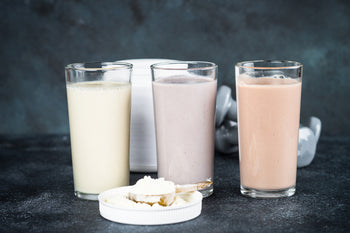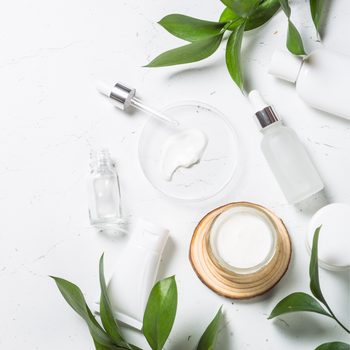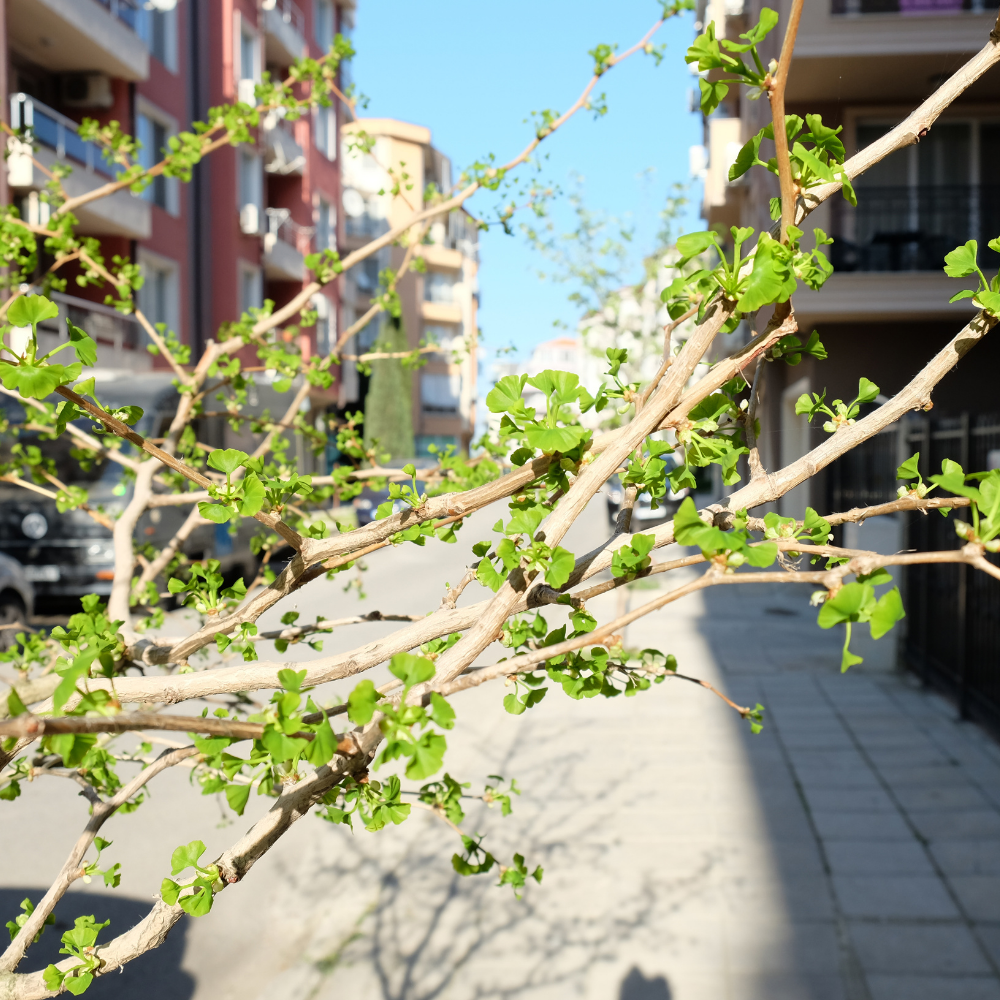 Categories
CategoriesDiet & Exercise
Discover More Articles

It’s no secret that stress can take a toll on our body, mind, and brain. December is not the month to throw your self-care and mental health priorities out the window.

5 Ways to Stay Motivated This Winter
When the seasons change it suddenly becomes harder to get out and exercise. Winter fitness programs aren’t the easiest to stick to, but they’re imperative to your overall health and well-being. So with that in mind, let’s take a look at what you can do to stay motivated and successful with your winter fitness goals.

How to Detox After Holiday Feasts
If you’re having a hard time committing to your diet over the holidays, you’re not alone. And the good news is you don’t have to be perfect to maintain your weight over the holiday season. Try following these simple detox tips after each scrumptious holiday meal and start the new year fresh and ready to finally achieve your health and fitness goals.

High Protein Meal Replacement Shakes
Meal replacement shakes aren’t just low in calories, they’re high in essential nutrients your body needs to keep yourself nourished and your stomach feeling full, while helping also you maintain or lose weight. Protein provides numerous benefits to your body, including fueling the entire body, helping build muscle mass and being a key component to essential substances your body needs, like antibodies and blood.

Skin Cycling: all about the newest trend
The skin cycling hashtag has been viewed over 3 billion times on TikTok—and dermatologists say it's a strategy worth trying.The term "skin cycling" is all about taking a cyclical approach to your facial skincare routine.

Get ready for a plumper, perkier-looking neckline
Meet our new luscious neck cream featuring our proprietary elasticizing bioactive plant blend that targets lines and texture, so your neckline appears smoother, renewed & 10 years younger looking!

TRENDING MAKEUP HACK: BLUSH & BRONZER AS EYESHADOW
By selecting shades that complement each other, you can achieve a harmonious and polished makeup look without the need for multiple products.

5 signs you need more electrolytes
Electrolytes help with hydration by ensuring the body can actually absorb and use the water you drink—preventing dehydration in the presence of sufficient water intake.

Ring In 2025 With ✨ Glowing ✨ Skin…And FREE Boosters!

Better Ingredients, Better You
Your health goals aren’t one-size-fits-all, so your supplements shouldn’t be either. That’s why we designed the Power Line to target different pillars of performance and wellness — from appetite control to anti-aging to athletic power.

In 1972, I took my first field botany class, Trees and Shrubs, at the University of Utah. It was during that class I first learned about ginkgo. My teacher told us that the ginkgo tree was a living fossil, a tree that was believed to be extinct at one time because Western botanists had only found fossils of the leaves. As it turned out it was still growing in small areas in China thanks to the cultivation of Chinese monks. Since then it has been cultivated throughout the world.
Ginkgo is also considered a living fossil because it is the only deciduous gymnosperm. All other members of this division (such as pine, spruce, fir and juniper trees) are evergreen. So ginkgo is believed to be a genetic bridge between the gymnosperms (evergreens) and flowering (deciduous) trees. Ginkgo is also thought to be the oldest tree on the planet, with fossil records thought to be dated to 270 million years ago.

Ginkgo trees are easily recognized by their fan-shaped leaves with a notch in the end.
The trees are valued because they are resistant to atmospheric and water pollution, as well as insects and disease. They also live a long time, up to a thousand years, and can reach heights of over one hundred feet. They can live tended as small plants for centuries.
So, what does all this botanical information have to do with using ginkgo as an herb? It means that the ginkgo tree has the perfect signatures for an anti-aging remedy. As a long-lived, disease-resistant, living fossil it shouldn't be surprising to learn that the tree is a great remedy to counteract the effects of aging and help people stay healthy in their advancing years.

For such an ancient tree, the discovery of the anti-aging properties of its leaves is a relatively new one.
In traditional Chinese medicine, ginkgo seeds were used as a remedy for the lungs. With a sweet, slightly bitter and astringent taste, the seeds were used to reduce phlegm, soothe asthma, and relieve cough.
Modern research found that a standardized extract of the leaf could be used to help the brain and circulation. The leaves contain terpene lactones (ginkgolides and bilobalide), flavonoids, flavonols, sesquiterpenes and organic acids, which have many scientifically documented benefits. As a result of the discovery of these compounds, ginkgo is one of the most highly researched herbs on the planet.
Ginkgo has many beneficial effects on circulation. It relaxes blood vessels to enhance blood flow to the brain and extremities. It also strengthens blood vessels, reducing capillary fragility and bruising. It has been shown to improve diseases involving peripheral vascular insufficiency, such as Raynaud’s disease. It will relieve tinnitus (ringing in the ears) and vertigo (dizziness) caused by circulatory problems.

The flavonoids in ginkgo have anti-inflammatory and antioxidant benefits.
By reducing vascular inflammation ginkgo may help reduce the risk of cardiovascular diseases. Ginkgo can also slow macular degeneration.
Ginkgo is very popular as a remedy for the brain and memory. Along with preventing free radical damage to tissues (which causes diseases such as Alzheimer’s and dementia) it has been shown to improve brain wave activity. It may even stimulate the regeneration of damaged nerve cells. Although ginkgo won’t cure Alzheimer’s or dementia, it has been shown to stabilize these conditions for as long as 6-8 months, preventing further deterioration. I've personally seen it do so when used in combination with gotu kola and bacopa.
Another important action of ginkgo is its ability to inhibit the platelet-activating factor (PAF). PAF causes the blood to become stickier and more likely to produce clots. PAF is released in inflammatory and allergic reactions. This ability makes ginkgo a very promising remedy for reducing the risk of heart attack and stroke, but it also enables it to reduce asthmatic symptoms. Ginkgo may also help relieve some cases of dizziness (vertigo) and absentmindedness.
While I favor the use of whole herbs, in this case, a highly-concentrated extract of the leaf seems to work best. It combines well with other remedies such as gotu kola and bacopa for the brain and memory and hawthorn for the cardiovascular system.
So, if you want to be a healthy old fossil, aging gracefully with a healthy brain and heart, the ginkgo tree may be one of your best allies. And, don't forget to admire the beautiful trees when you see them.
